TIA Medication Tracker
Medication Management Guide
Track medications, set reminders, and monitor side effects to reduce the risk of another TIA.
Add Medication
Medication History
Aspirin 81mg
1x daily at 8:00 AMClopidogrel 75mg
1x daily at 8:00 AMPotential Interactions
No significant interactions detected with current medications.
When a loved one experiences a Transient Ischemic Attack (TIA), the sudden warning sign can feel like a shock. You want to act fast, stay calm, and make sure the recovery journey is as smooth as possible. Below you’ll find a step‑by‑step playbook that covers everything from the first emergency call to long‑term emotional support. Think of it as the cheat sheet you wish you’d had the moment the doctor said “TIA.”
Quick Takeaways
- Call emergency services immediately; a TIA is a medical emergency.
- Stay with the person, note symptoms, and keep a symptom diary.
- Help schedule specialist appointments (neurologist, cardiologist) within 24‑48 hours.
- Assist with medication management, focusing on antiplatelet therapy and blood‑pressure control.
- Encourage lifestyle tweaks-diet, activity, stress reduction-to lower future stroke risk.
Understanding a TIA
A TIA is often called a “mini‑stroke” because it temporarily blocks blood flow to the brain. Unlike a full stroke, the blockage resolves within minutes, leaving no permanent damage-yet the risk of a full stroke jumps to about 10‑20 % within the first three months. Knowing this statistic helps you convey urgency without causing panic.
Key differences between a TIA and a full stroke:
- Duration: TIA symptoms last less than 24 hours, usually under an hour.
- Imaging: CT scans often appear normal after a TIA, while strokes show clear damage.
- Recovery: Most people bounce back fully, but hidden deficits (memory, balance) may linger.
Because the brain’s warning signals are still fresh, the period right after a TIA is the golden window for prevention.
Immediate Steps After the Event
- Call 111 (NZ) or your local emergency number. Even if symptoms fade, emergency teams can run rapid imaging and start preventive meds.
- Stay with the person. Note exactly when symptoms started, what they were (e.g., facial droop, slurred speech), and how long they lasted. Write it down.
- Do not give food, drink, or medication unless advised by a paramedic.
- After the ambulance leaves, ask the hospital for a copy of the discharge summary. It will list recommended tests and follow‑up appointments.
These actions give healthcare providers the information they need to decide on further testing, such as carotid ultrasound or cardiac monitoring.
Communicating with Medical Professionals
Medical jargon can feel overwhelming, so keep a simple checklist:
- Neurologist: Ask about brain imaging results, risk of future stroke, and recommended medication.
- Ask for a clear explanation of any blood‑test results (cholesterol, glucose) and what the target levels should be.
- Request written instructions for each medication, especially antiplatelet medication (e.g., aspirin, clopidogrel).
- Confirm the timeline for follow‑up imaging (often repeat MRI or carotid duplex in 3‑6 months).
Take photos of any hand‑written notes; digital copies are easier to share with other caregivers.
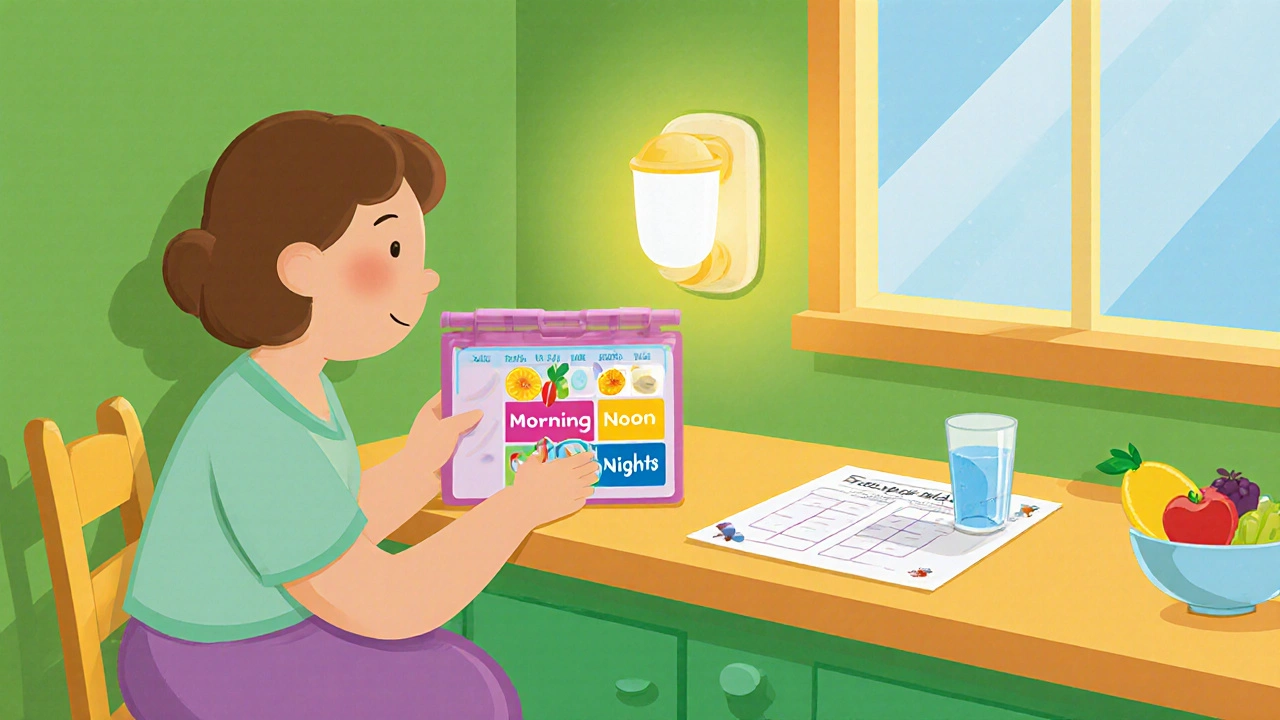
Creating a Safe Home Environment
Even after symptoms resolve, temporary weakness or balance problems can linger. Simple tweaks can prevent falls and reduce anxiety:
- Clear pathways of rugs, cords, and clutter.
- Install night lights in hallways and bathrooms.
- Keep a sturdy chair in the kitchen for short rests.
- Consider a grab bar in the shower if the person feels unstable.
- Place a phone with speed‑dial emergency contacts within arm’s reach.
These changes also signal to the person that you’re prepared, which can lower stress.
Managing Medications & Follow‑up Appointments
Medication adherence is the single biggest factor in preventing a second event. Here’s a practical system:
- Set up a weekly pill organizer with compartments for morning, noon, and night.
- Use a phone reminder app labeled “TIA meds” for each dose.
- Keep a medication log: date, time, dose, and any side effects.
- Schedule the first follow‑up with the neurologist within 48 hours, then a primary‑care visit within two weeks.
- Ask the pharmacist for a printed list of drug-drug interactions, especially if the person takes cholesterol‑lowering pills or diabetes medication.
Watching blood pressure at home (target <140/90 mmHg) and recording the numbers helps the doctor fine‑tune treatment.
Lifestyle Adjustments & Emotional Support
Preventing future strokes isn’t just about pills; it’s about everyday habits. Encourage small, sustainable changes instead of an overwhelming overhaul.
- Diet: Aim for the “DASH” approach-lots of fruits, veggies, whole grains, and low‑fat dairy. Swap butter for olive oil.
- Physical activity: Start with 10‑minute walks, five days a week. Gradually increase to 150 minutes of moderate exercise.
- Stress management: Introduce short mindfulness or breathing exercises. Even a daily 5‑minute session can lower cortisol.
- Quit smoking: Offer resources like Quitline NZ or nicotine‑replacement therapy.
- Alcohol moderation: No more than one drink a day for women, two for men.
Don’t forget the emotional side. A TIA can trigger fear, depression, or anger. Validate those feelings:
- Listen without immediately fixing. “I hear you’re scared about having another stroke.”
- Encourage journaling of thoughts and progress.
- Suggest a support group for TIA survivors; many hospitals run virtual meetings.
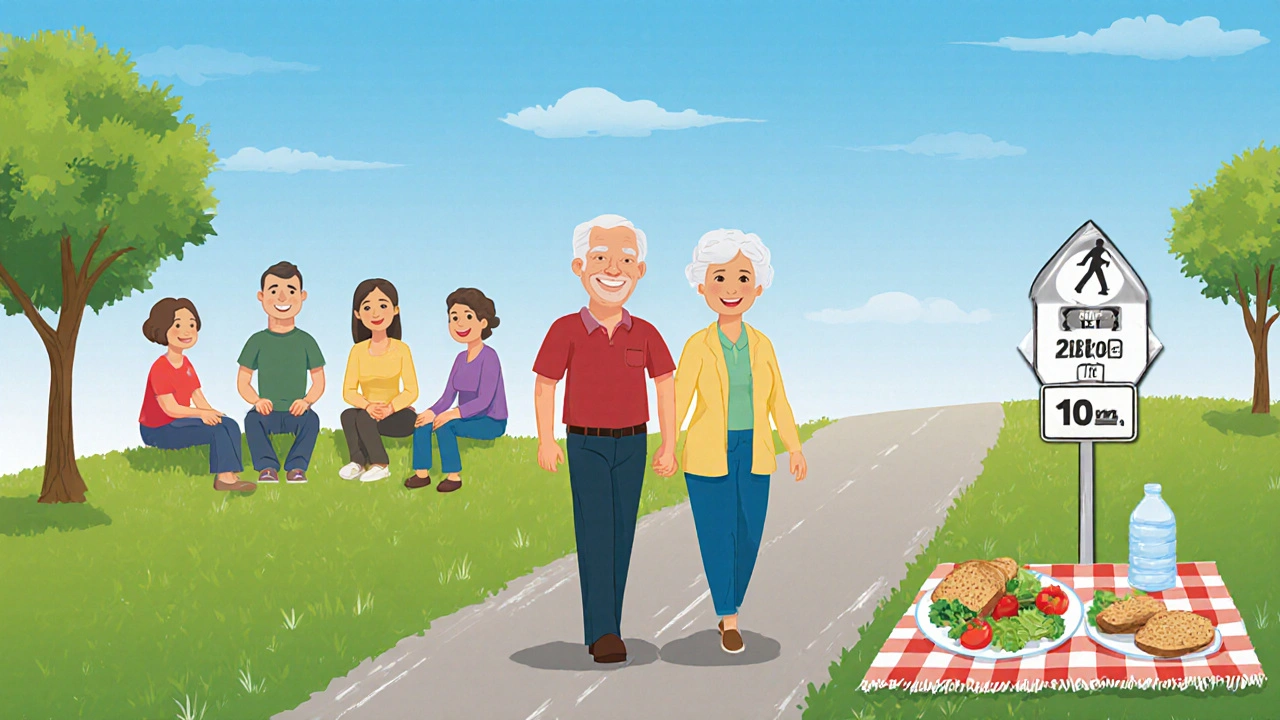
Long‑Term Rehabilitation & Community Resources
Even if the brain recovered, subtle cognitive or speech issues may appear weeks later. A referral to physical therapy or speech‑language pathology can catch these early.
Useful community resources in New Zealand:
- Stroke Foundation NZ - offers free counseling and rehab referrals.
- Heart & Stroke Foundation - provides educational webinars on lifestyle management.
- Local council health hubs - often host free blood‑pressure screening clinics.
Keep a folder (digital or paper) titled “TIA Recovery”. Store all medical reports, therapy schedules, and insurance paperwork there for quick reference.
Checklist for Caregivers
| Action | Why It Matters |
|---|---|
| Call emergency services immediately | Secures rapid assessment and prevents stroke |
| Record symptom timeline | Guides doctors in diagnosing the event |
| Arrange neurologist appointment within 48 h | Early specialist input lowers recurrence risk |
| Set up medication organizer | Improves adherence to antiplatelet therapy |
| Monitor blood pressure daily | Helps titrate antihypertensive meds |
| Introduce safe‑home modifications | Reduces fall risk during recovery |
| Encourage 150 min of moderate activity weekly | Boosts cardiovascular health |
| Join a TIA support group | Provides emotional reassurance and peer tips |
Frequently Asked Questions
Can a TIA be fatal?
Rarely on its own, but a TIA signals a high chance of a future stroke, which can be fatal. Prompt medical care dramatically cuts that risk.
How long should I stay on antiplatelet medication?
Most doctors recommend lifelong low‑dose aspirin or a similar agent unless contraindicated. Your neurologist will tailor the duration based on imaging and blood‑test results.
Is it safe for the person to drive after a TIA?
In New Zealand you must report any neurological event to the NZ Transport Agency. Typically, a doctor’s clearance is needed after a symptom‑free period (often 7‑14 days) and a full assessment.
What signs mean a full stroke is happening?
Use the FAST acronym: Face drooping, Arm weakness, Speech difficulty, Time to call emergency services. Immediate action can save brain tissue.
Can lifestyle changes alone prevent another stroke?
Lifestyle changes drastically lower risk but should complement, not replace, prescribed medication. A combined approach yields the best outcomes.
Supporting a loved one after a TIA isn’t a one‑size‑fits‑all checklist; it’s a constantly evolving partnership. By staying informed, organized, and compassionate, you give your family member the best shot at a full recovery and a healthier future.

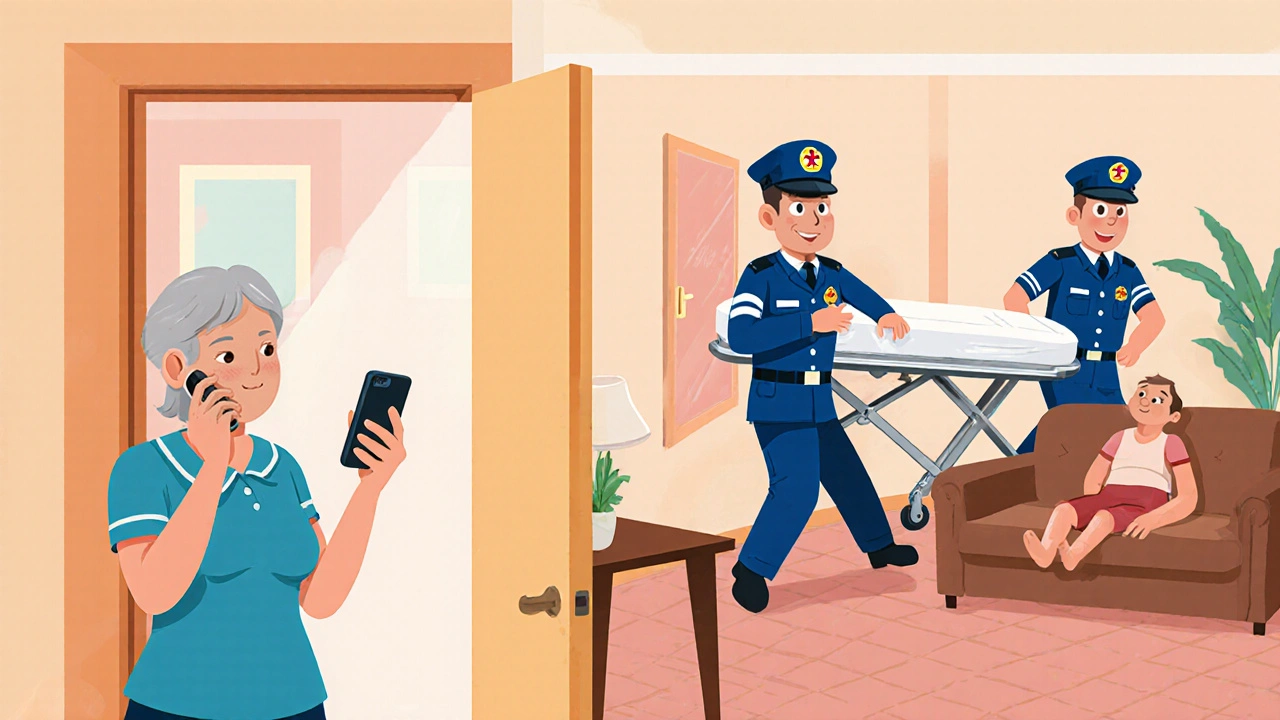

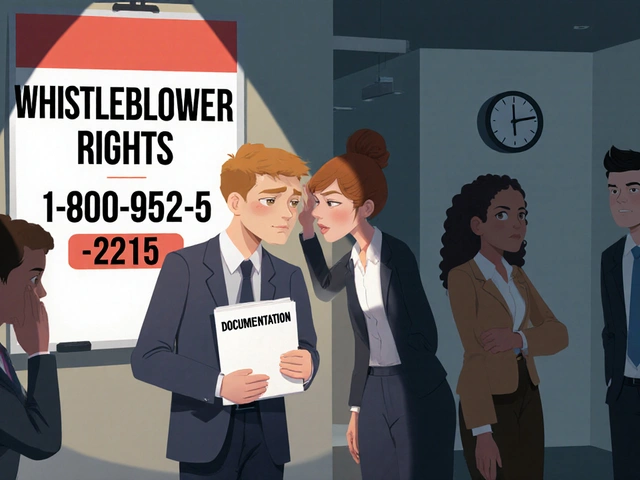
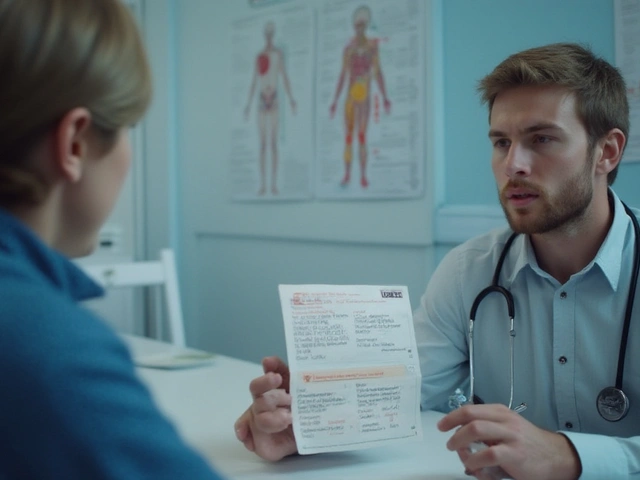

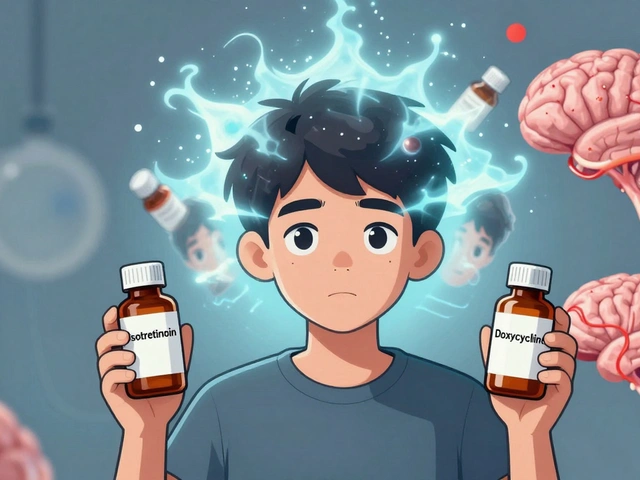
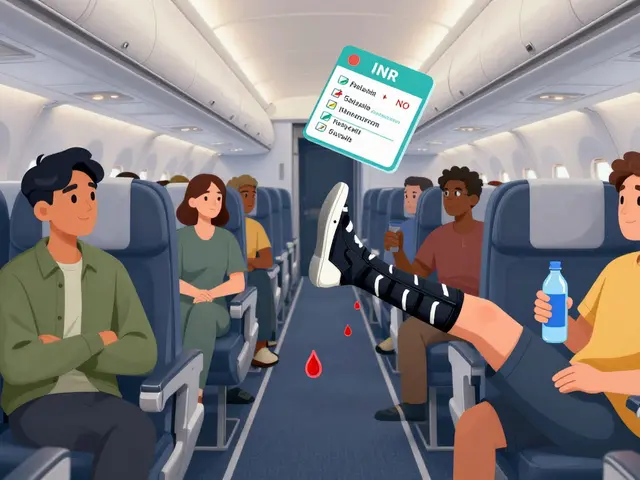
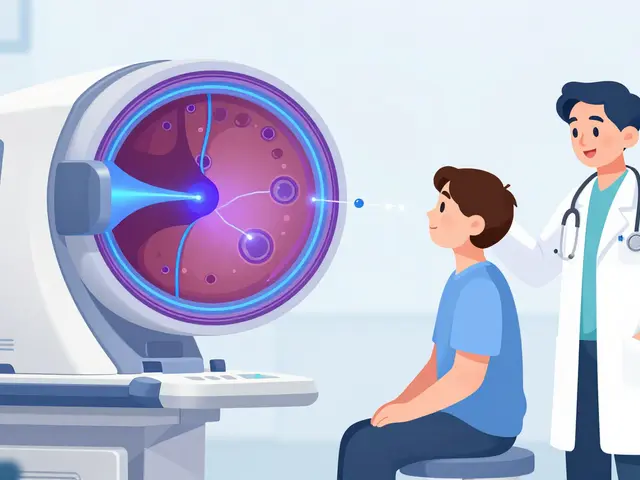
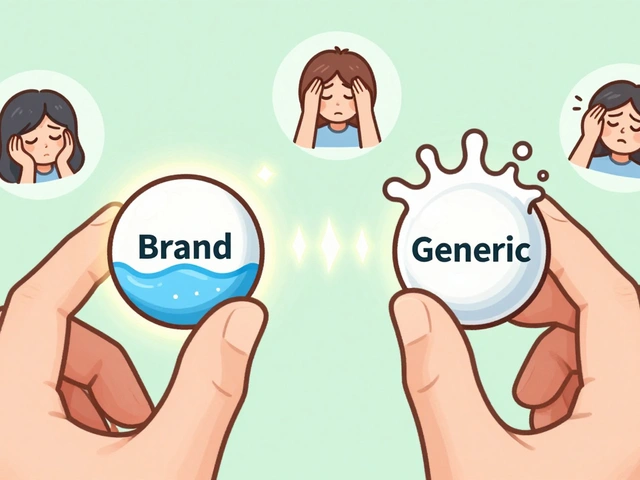
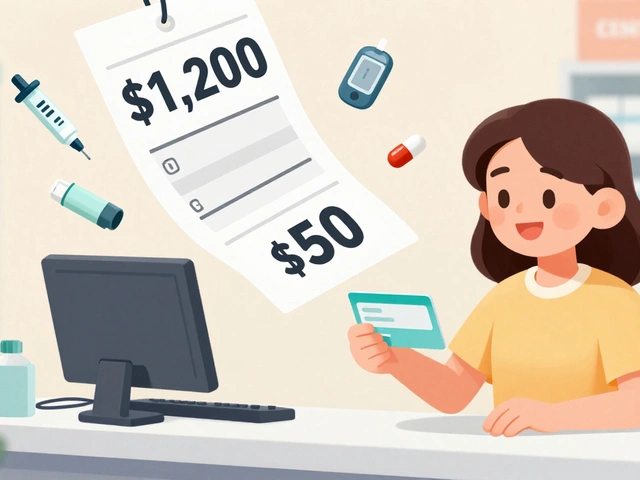
Norman Adams
Oh, bravo for discovering the ancient secret of dialing 111-truly a revelation that will save the world, right?
Margaret pope
Keep a calm voice and jot down every detail they can remember it helps the doctors see the whole picture
Karla Johnson
First, understand that the timeline after a TIA is not a vague suggestion but a concrete window in which preventative action can dramatically shift outcomes. Second, the symptom diary you keep should include not only what the person felt but also the exact clock time, because clinicians rely on precise temporal patterns to differentiate transient ischemic events from other neurologic fluctuations. Third, medication adherence is not an optional habit; a missed dose of antiplatelet therapy can convert a micro‑embolic event into a full‑blown stroke within days. Fourth, when you schedule follow‑up appointments, insist on having both a neurologist and a cardiologist in the loop, because the interplay between vascular health and cardiac rhythm often underlies recurrent events. Fifth, lifestyle adjustments such as reducing sodium intake, increasing daily walks, and practicing stress‑reduction techniques are evidence‑based measures that complement pharmacology. Sixth, do not assume that a clear CT scan rules out future risk; many subtle plaques are only visible on specialized imaging like carotid duplex or MR angiography. Seventh, empower the patient to monitor blood pressure at home with a validated cuff and chart the readings, because uncontrolled hypertension remains the leading modifiable risk factor. Eighth, engage the entire family in caregiving duties, distributing tasks like pill organization, transportation to appointments, and meal preparation to avoid caregiver burnout. Ninth, keep an up‑to‑date list of all medications, including over‑the‑counter supplements, and regularly cross‑check for interactions with the pharmacist. Tenth, if any new neurological symptoms appear, no matter how fleeting, repeat the emergency call-early intervention saves brain tissue. Eleventh, educate yourself on the signs of a full stroke, because the warning signs can be deceptively similar to a TIA. Twelfth, consider enrolling the patient in a structured cardiac monitoring program if arrhythmias are suspected, as silent atrial fibrillation is a hidden culprit in many cases. Thirteenth, remember that emotional support is as critical as physical care; anxiety can elevate blood pressure and undermine recovery. Fourteenth, track progress with regular functional assessments, noting any subtle changes in balance or cognition that may warrant rehab referral. Finally, maintain a hopeful yet realistic outlook, reinforcing that with diligent care the probability of avoiding a major stroke is significantly higher than the statistics alone would suggest.
Linda A
In the quiet after the storm of a TIA, the mind whispers that mortality is a stage, and we are merely actors learning our lines anew.
Joe Moore
Yo, they don't tell ya that those emergency numbers are just a front, its all part of the big pharma game-don’t trust the meds until you double‑check the hidden ingredients they shove in the bottles, seriously definatly watch out.
Brian Van Horne
Indeed, the orchestration of timely care represents a symphonic triumph over imminent peril.
Ayla Stewart
Thanks for the thorough breakdown; noting exact times and keeping the medication list updated will be my top priorities.
Poornima Ganesan
The assumption that emergency services are a façade overlooks the rigorous protocols mandated by health authorities, and while vigilance is wise, the evidence shows that standard pre‑hospital care markedly reduces subsequent stroke risk.
Mike Hamilton
I totally agree the quick response is key, lets all keep our eyes on the clock and hearts open.